An Insider’s Guide to Photographing London - Part Two
In the first instalment of our Insider’s Guide to Photograhing London series, I looked at photographing some of London’s most iconic landmarks and areas. But there’s much more to London that just the most ‘obvious’ sites.
In this article, I’m going to look at some of the more quirky and unusual spots to photograph in London, and tell you how best to photograph them. So, let’s take a look at what’s out there!
London Underground
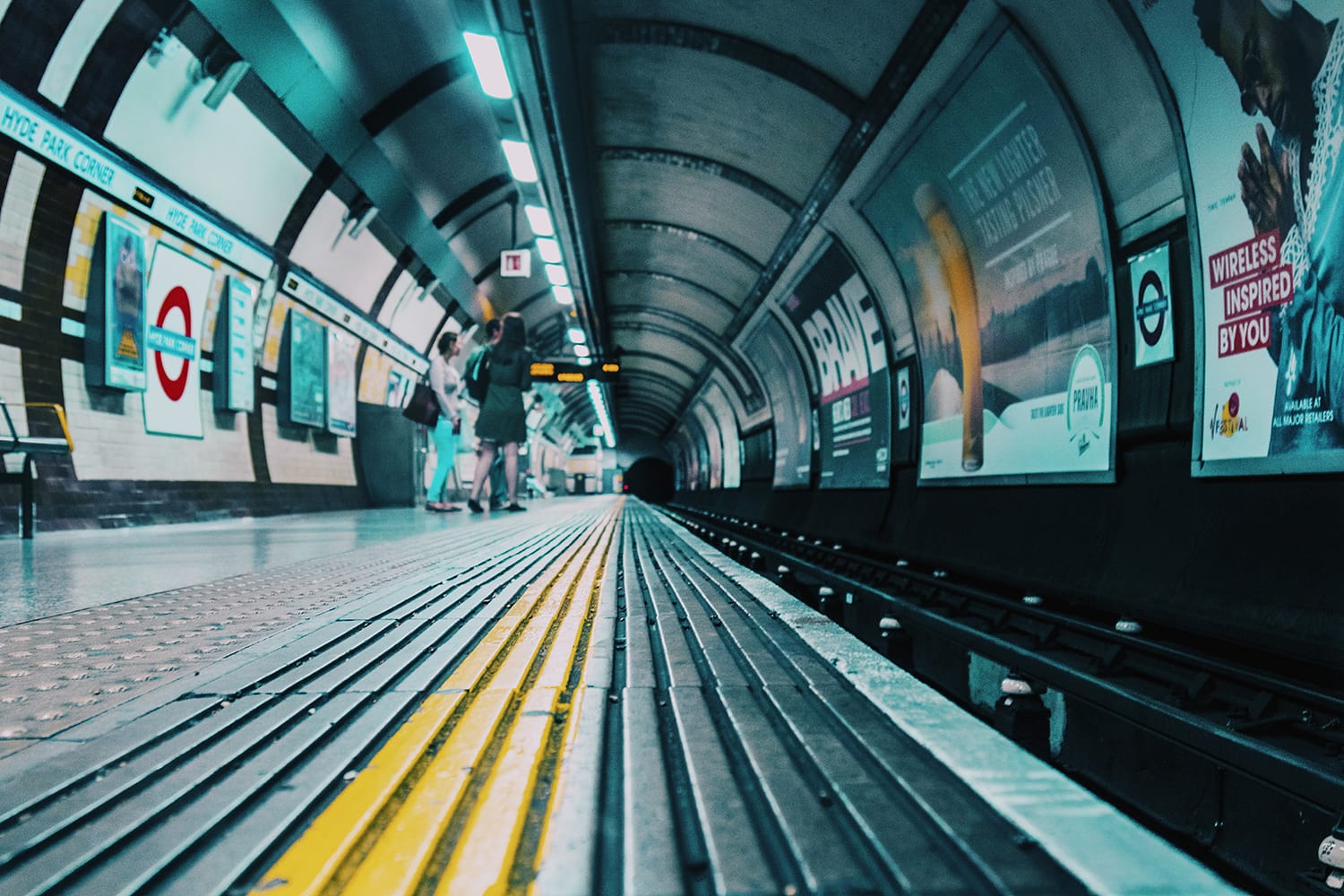
The good old London Underground (more commonly known as the Tube) probably isn’t the first place most people think of when choosing photo locations. But there are some truly stunning tube stations out there, with amazing architecture that’s worth photographing.
Obviously, there are far too many stations to mention them all, but a couple to start you off with are Westminster and Gloucester Road.
Westminster is full of concrete beams and endless escalators, which you can use to your advantage for gritty urban shots. Don’t be afraid to zoom in here and capture details and interesting lines.
At Gloucester Road you’ll find amazing stained glass style windows, which wouldn’t look out of place in a church. Again, these are well worth photographing in detail. By the way, the London Underground as a whole is a great place to practice your long exposure shots as tubes move out of the station.
Primrose Hill
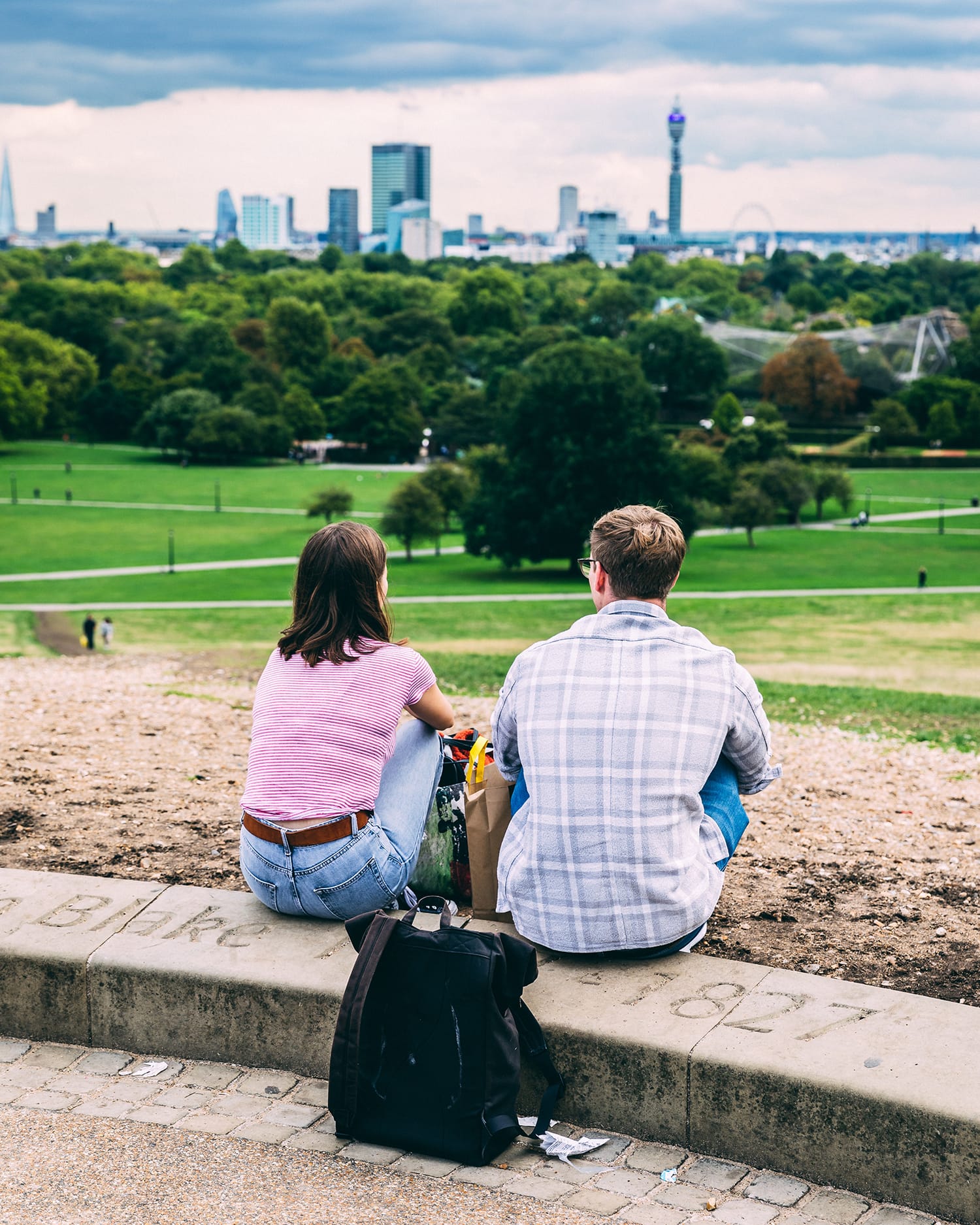
When most people think of green spaces in London, Hyde Park and Regent’s Park are the first places that come to mind. But both can be hideously crowded and difficult to get photos in.
Instead, head to Primrose Hill for an altogether quieter experience! You can get to Primrose Hill by walking through Regent’s Park, but the best views are to be found by getting the tube to Chalk Farm, turning right out of the station and then left onto Primrose Hill Road. This brings you into the top of the park, with spectacular views over the London skyline.
The Charterhouse
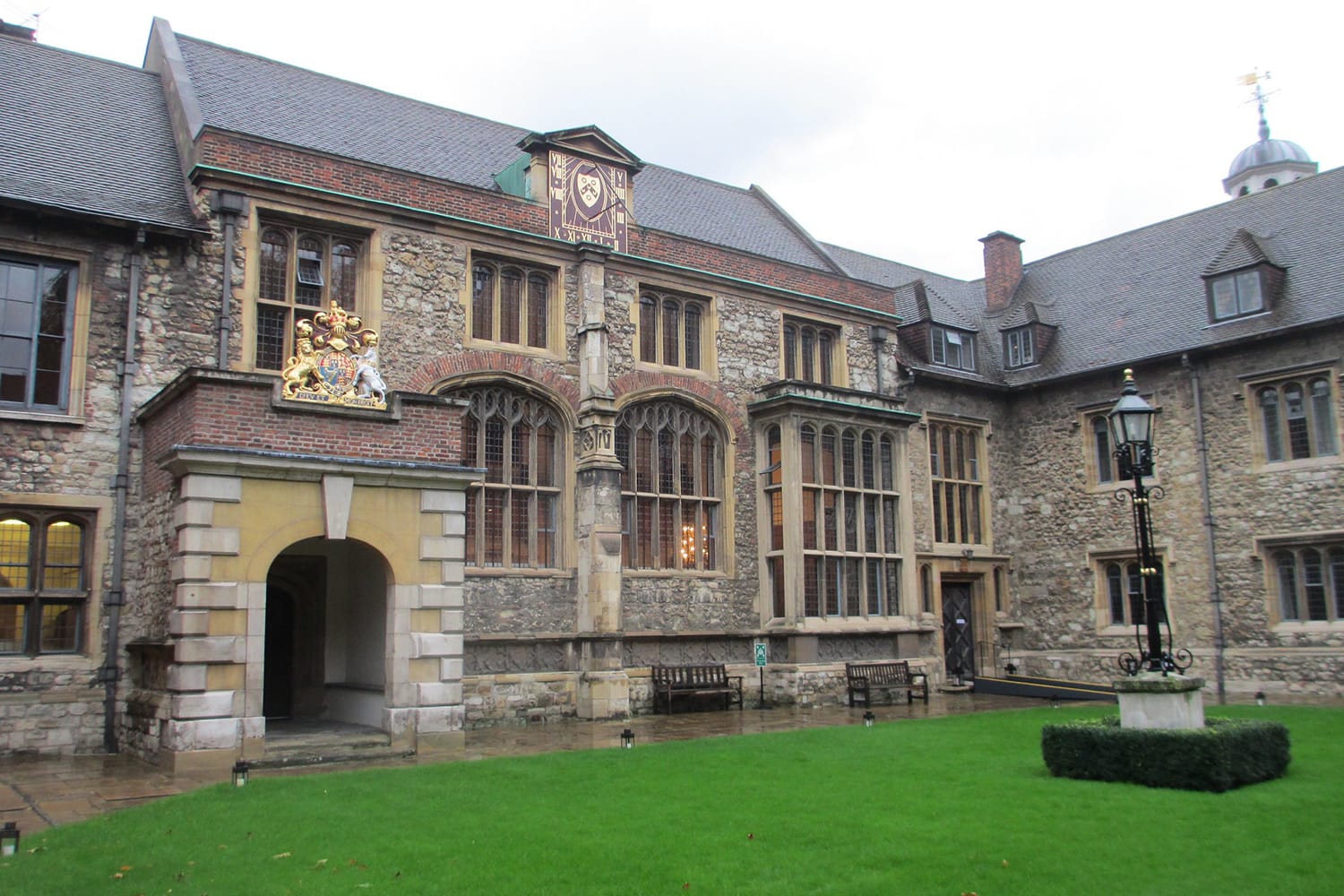
Photo by Matt Brown
Located between Smithfield Market and Barbican, the Charterhouse is a former Carthusian monastery, with buildings dating back to 1348.
The vast majority of the Charterhouse is formed from 16th century buildings, set in equally stunning gardens. There is a museum on site but to experience the architecture to its full advantage, book a tour in advance.
Leadenhall Market
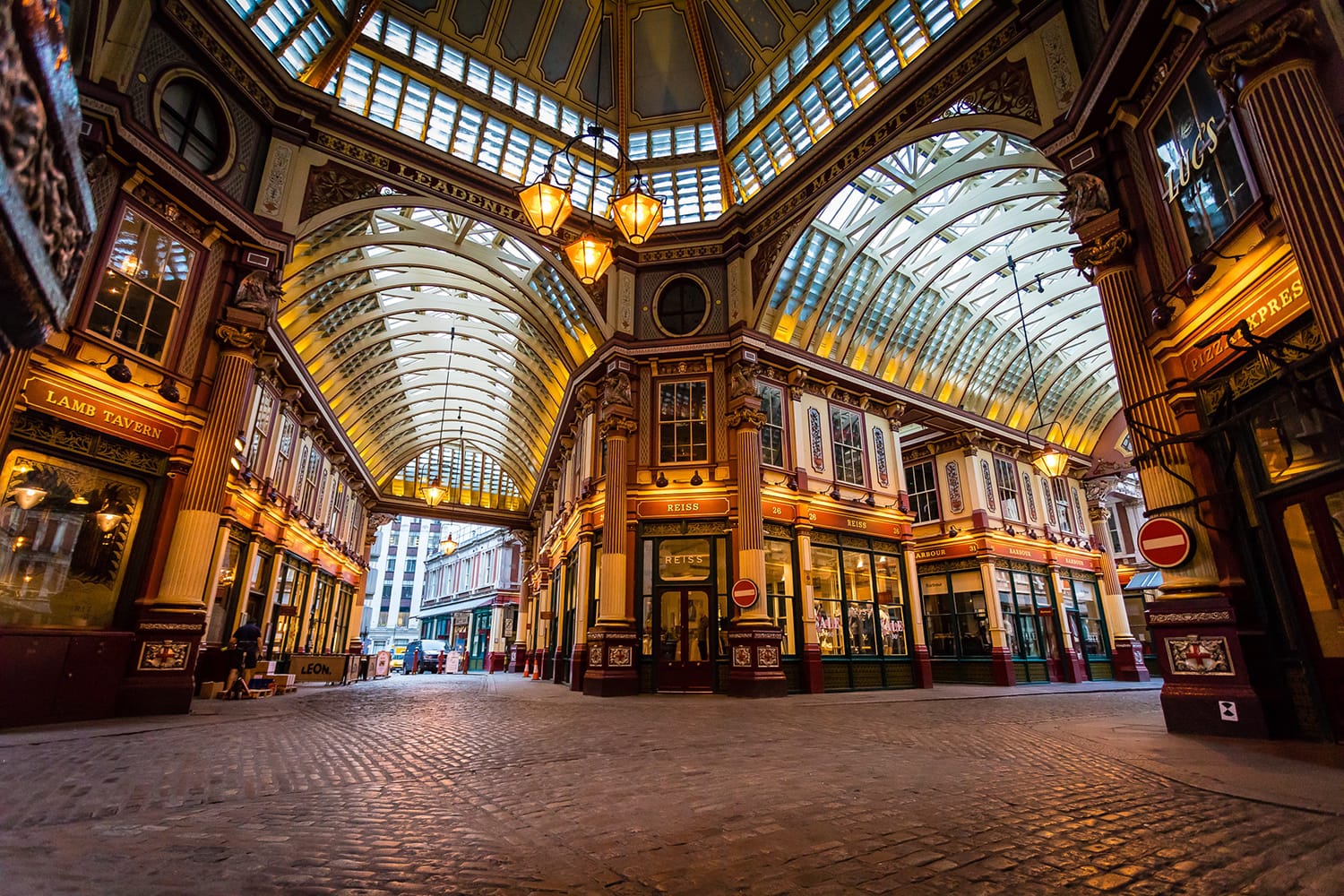
Leadenhall Market’s history dates back to the 14th century, although the current market is Victorian. This beautifully ornate, covered market sits in the heart of the City and is on the site of what was once the centre of Roman London.
Full of ornate pillars and archways, the market frames itself perfectly for photographs. Top tip – as with anywhere in the City try to visit at the weekend, as much of the area is only open during the working week and you’ll find it far quieter.
Southbank Centre
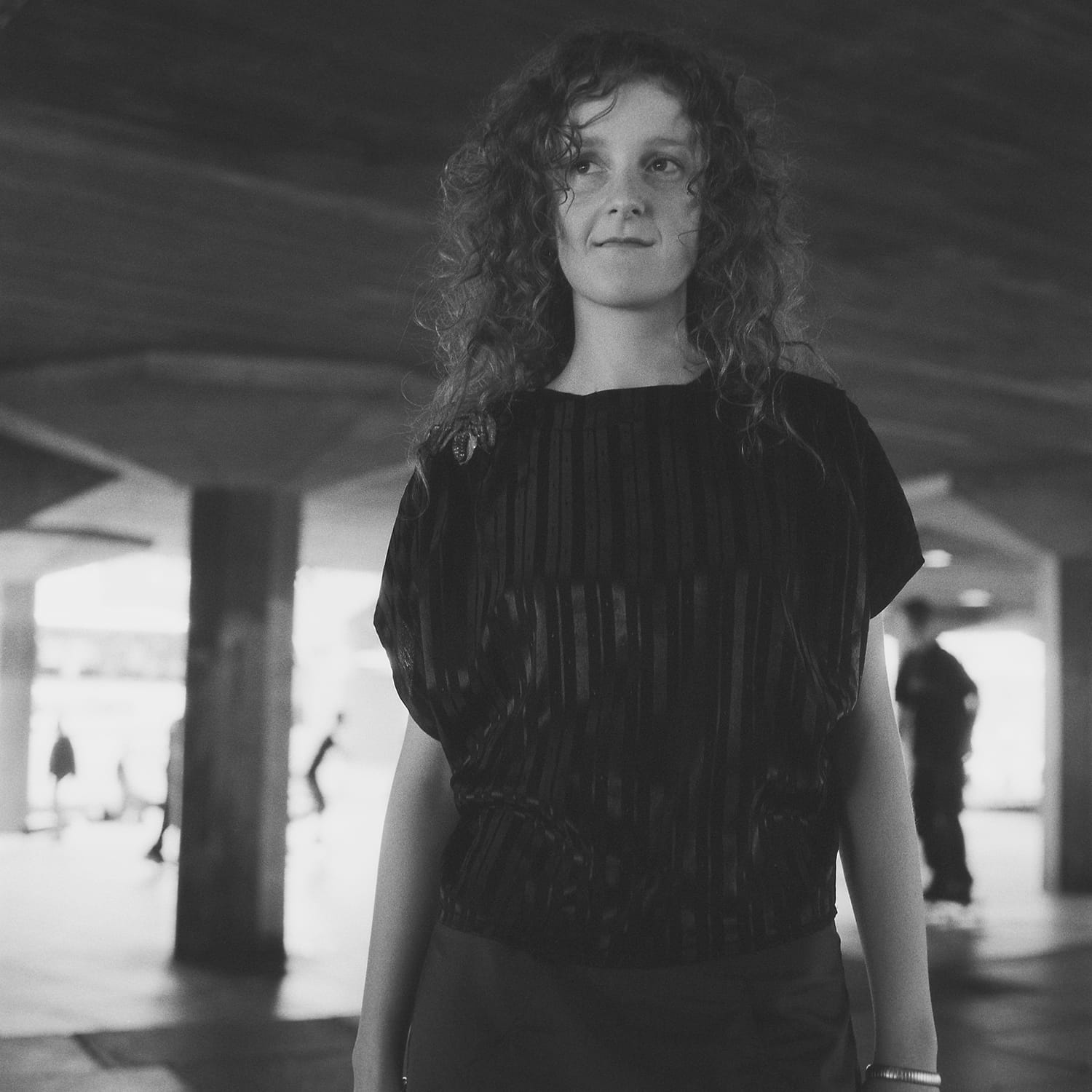
© Image by Jo Plumridge
The Southbank Centre is made up of 3 performance venues (Royal Festival Hall, Queen Elizabeth Hall and Purcell Room) along with the Hayward Gallery (which hosts some fantastic photography exhibitions by the way!), which are famed for their brutalist architecture.
The complex is raised, meaning that you’ll find numerous tunnels and walkways underneath. It’s a great place to practice working with negative space and sharp lines. The passageways are also popular with skateboarders, with various ramps set up and these make a great background for portraits.
Little Venice
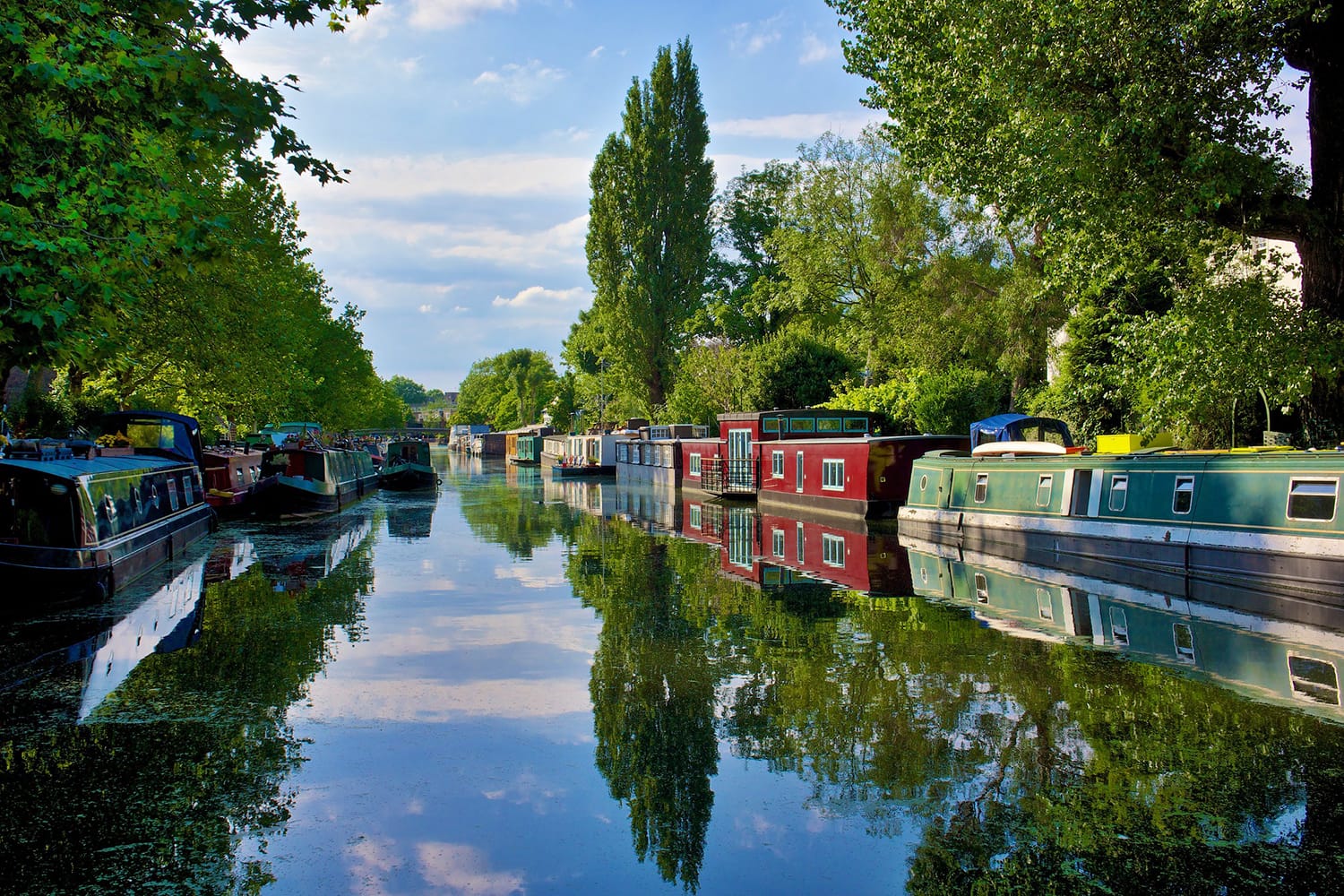
Photo by Richardjo53
Little Venice is an unusual spot in London, where the Grand Union Canal meets the Regent’s Canal. This picturesque area is home to numerous brightly coloured narrow boats, a floating art gallery and waterside cafes all surrounded by some stunning houses.
You’ll find the area near to Warwick Avenue tube, although you would be forgiven for thinking there’s a touch of Amsterdam to the location. Use the main road bridge over the canal for great views of the waterways and a nice ‘raised’ location to get shots from.
Soho
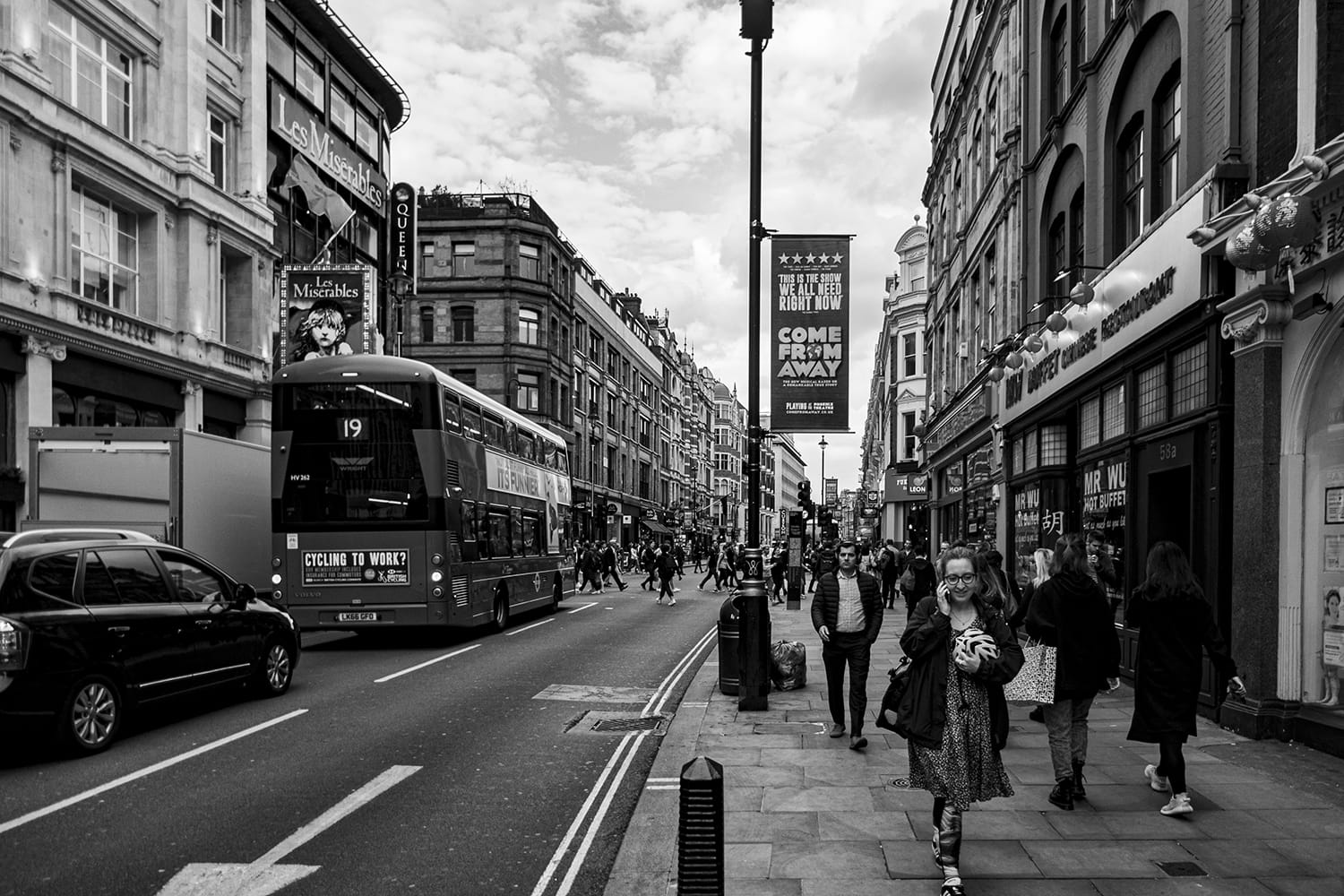
Photo by Steven Penton
Many, many years ago, before I became a photographer I used to work in TV production in Soho. And the area never ceased to surprise and fascinate me, with quirky buildings and people at every turn. It still remains my favourite part of London. Soho used to be famous for its more salubrious and seedy side, but the area has been somewhat gentrified in the last few years. But a lot of its tradition still remains.
Check out Brewer Street market, which is a fabulous foodie mecca that’s been running since the 1700s, or take a trip to Ronnie Scott’s Jazz Club, which has played host to jazz greats such as Louis Armstrong. Soho is a fascinating mix of old and new, with characterful buildings and equally characterful locals who make for great photographic opportunities.
These are just a few suggestions to get you started in exploring the unusual spots in London – I could fill several books if I tried to cover the whole city! But the great thing about London is that it’s a city with surprises and interest around every corner.
So, wherever you end up exploring, you’re bound to find something interesting to photograph!
